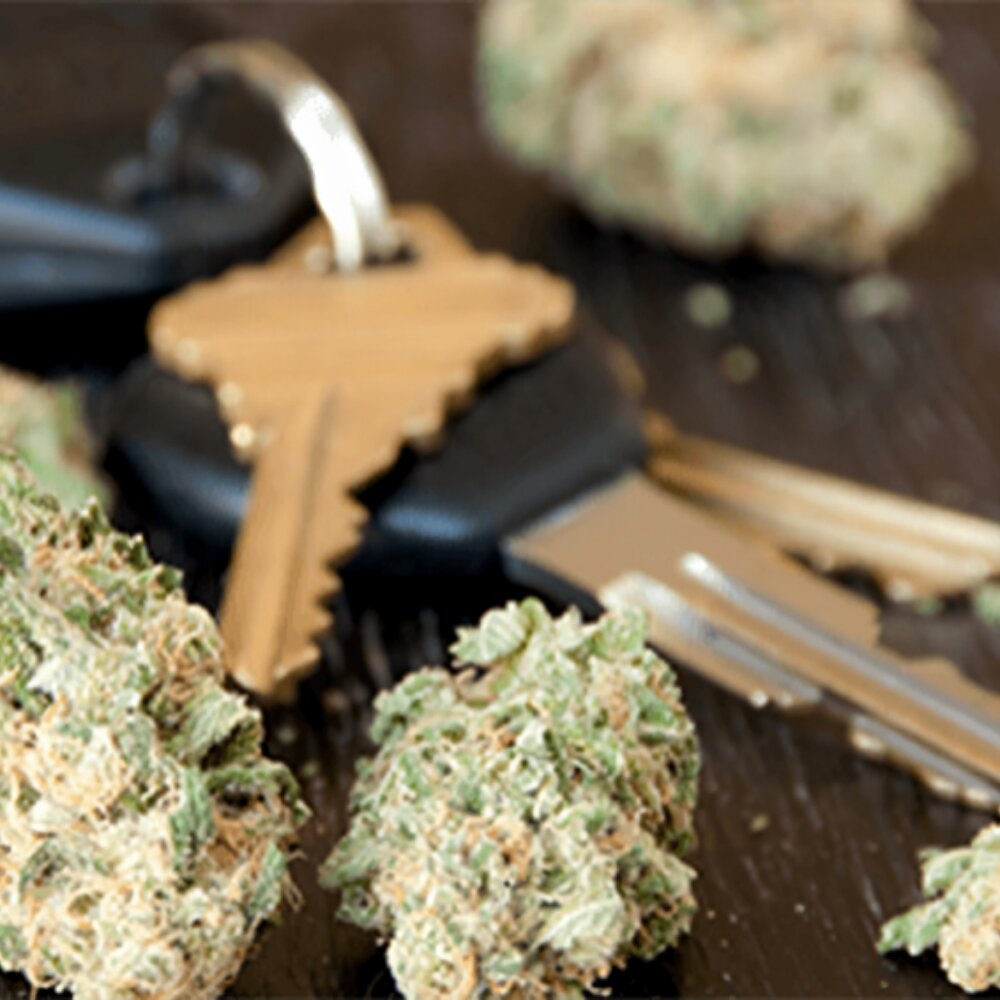
Canada is currently in its seventh year since the nationwide legalization of cannabis edibles. Unsurprisingly, this legalization has led to an increase in the number of cannabis-related traffic injuries. Law enforcement officials are naturally alarmed and are urging caution, especially when cannabis and driving are a part of the same mix.
Edibles enjoy a mass appeal among first-time users who are reluctant to smoke. Added in noticeable amounts to foods and beverages, cannabis edibles are commonly available on shelves across Canada, making them easily accessible to all and sundry.
According to Teresa Di Felice, assistant vice-president of government and community relations at CAA South Central Ontario, this new phase of legalization raises serious road safety concerns. She says they expect a significant number of new cannabis users to consume this substance for the first time in an edible form. Their lack of experience has the potential to cause a mishap.
So, as the busy holiday season comes knocking, it is critical for every driver to know how cannabis consumption can affect road safety. We have prepared a 7-point list below in this regard.
1. Cannabis severely impairs driving ability
Having cannabis can alter the major functions needed for a safe drive. For example, cannabis has been known to adversely impact coordination. It can also delay reaction times and affect one’s sense of perception. All of these combined can make it difficult for a driver to gauge speed, distance, and road conditions. As per several studies, the risk of collision increases significantly under the influence of cannabis.
2. Mixing cannabis and alcohol increases risk
It’s alarming how many drivers mix cannabis with alcohol or other potent substances, thereby increasing the risk of accidents. A CAA study found out that more than half of cannabis users who drive also consume another intoxicant at the same time. When these two substances interact, impairment is amplified. This makes roads unsafe for everyone involved.
3. Several people drive high
The same CAA study also revealed that despite growing awareness, over a million Ontarians have admitted to driving after using cannabis. This number is dangerously high because most people are under the misconception that cannabis has zero effect on one's driving ability. An assumption that could be fatally incorrect.
4. Penalties for driving on cannabis are harsh
Rightly so. If you’re caught driving under the influence of cannabis, you should expect the same penalty as is imposed for drunk driving. Exceeding the legal THC limit of 5 nanograms per millilitre of blood can result in fines starting at $1,000 for a first offence. Repeat offences bring mandatory jail time—30 days for a second conviction and 120 days for a third. For certain cases, license suspension is an applicable consequence. If there’s a serious accident resulting in severe injury or death, it is punishable by life imprisonment.
5. Edibles pose a unique challenge
Smoking cannabis has an immediate effect. Edibles, on the other hand, lead to a relatively delayed effect. In fact, noticeable intoxication might not take place for up to two hours after consumption. What this does is give people the confidence to drive after cannabis consumption, as they have experienced no after-effects yet. However, a delayed onset of impairment mid-journey is highly likely. Impaired driving without warning is a natural consequence of this situation.
6. Police have intensified their efforts to nab drug-impaired drivers
Around the holiday season, police forces in Ontario tend to ramp up enforcement against drug-impaired driving. York Regional Police and other agencies conduct roadside checks year-round but place extra emphasis during this time of year. Federal support in the form of training post cannabis legalization has made it easier for officers to recognize drug impairment. They’re also now equipped with oral screening devices to test for cannabis in the field.
7. Not knowing the law is not a safety net
Any driver who claims to be ignorant about the effects of cannabis or the laws around impaired driving will not win any favors in court. This shows a lack of responsibility and does not serve as a valid excuse for causing property or life damage. It’s better for cannabis users not to drive instead. There are plenty of safer and more affordable options to get to places, like rideshare services, taxis, designated drivers, and public transportation. Using them can prevent accidents.
Want to Learn More?
Educating yourself is critical for creating safer roads for everyone. Visit CAA’s resources to understand the full impact of cannabis on driving and how to make responsible choices.

